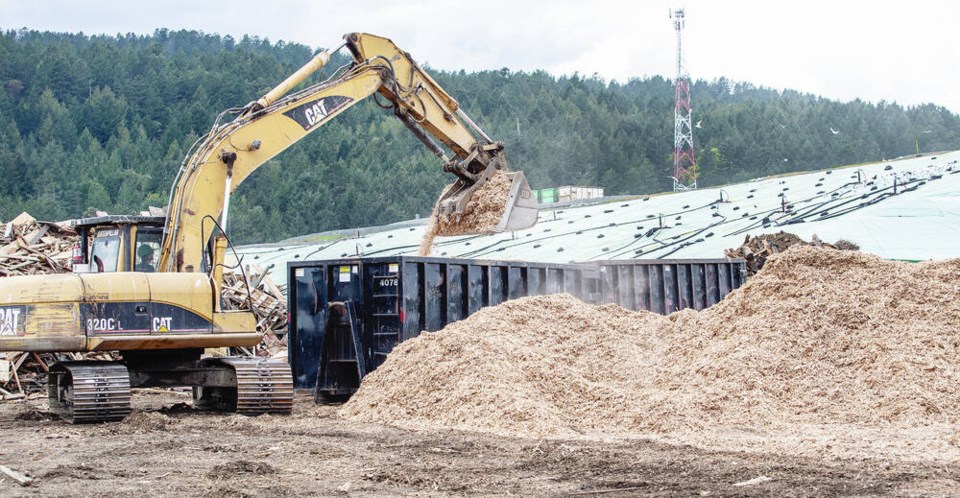New rules for asbestos removal, transportation and disposal come into effect Jan. 1 in B.C., after a year that saw more than 68 penalties handed out across the province related to asbestos work, including violations by five companies on the Island fined by WorkSafe B.C. for improper standards around asbestos abatement.
Starting next year, asbestos abatement contractors will have to be licensed to operate in the province and anyone performing asbestos abatement work must complete mandatory safety training and obtain certificates.
The new rules, the first of their kind in Canada, are designed to improve safety for workers. They have been in the works for years and the program was launched in August of this year to ensure workers could complete the training before Jan. 1.
Through to the end of September this year, WorkSafe, which will oversee both employer licensing and worker certification, handed out 68 separate penalties to companies for violations related to work with asbestos. Last year, there were 73 penalities handed out over 12 months, an improvement from the 86 in 2021 and 90 in 2020.
Over the first nine months of this year, WorkSafe conducted 1,019 inspections as part of its asbestos initiative and wrote 1,053 orders for health and safety violations and issued 168 stop-work orders
In a statement, WorkSafe noted it has been conducting awareness campaigns emphasizing the importance of keeping workers safe from asbestos exposure.
“WorkSafe has used consultation, education, and enforcement to prevent asbestos exposure,” it said. “Despite these efforts, WorkSafe has continued to find unacceptable levels of non-compliance when it comes to asbestos.”
On the Island, WorkSafe has handed out penalties to five firms so far this year with fines ranging from $2,500 to $20,000 for infractions that include failing to safely contain or remove all hazardous materials, failing to ensure asbestos waste was placed into sealed containers, failing to prevent the spread of asbestos dust and debris to other areas of a work site and a failure to ensure workers were adequately instructed and trained in the correct use of required personal protective equipment, and to ensure they used acceptable practices for controlling and handling asbestos.
According to WorkSafe, the purpose of the penalties is to motivate employers to comply with occupational health and safety legislation and keep workplaces safe.
Tom Watkins, manager of the Capital Regional District’s environmental resource management department, said while the CRD is at the end of the pipe when it comes to asbestos disposal — it is accepted at Hartland Landfill — he believes people generally do not try to get around the rules.
“I think most people want to do the right thing,” he said, noting the regulars who do demolition and renovation work as a living know what to expect and meet the standards.
He said it’s the homeowner doing DIY work who may not be fully aware of what’s required.
The CRD accepted more than 4,100 tonnes of asbestos in 2022, charging $157 per tonne to receive it.
Watkins said there are stringent requirements on how it receives asbestos – it can be dropped off by appointment only, and must be third-party certified, double-bagged in thick plastic and sealed with duct tape.
The waste is buried but it is not compacted like other garbage to ensure bags are not compromised and able to leak asbestos dust into the air.
“We start first by trying to educate rather than enforce. We want compliance, not people trying to find a workaround,” Watkins said. “We do have the ability to turn this stuff away, and we will if it’s not properly bagged, but we do explain how it should be bagged and how it should be handled. No one wants to bring in asbestos in a haphazard manner because they’re actually endangering themselves.”
Asbestos exposure is the number one killer of workers in B.C. and was a contributing factor in 61 work-related deaths in 2022, or about 33 per cent of all work-related deaths in the year.
Exposure to asbestos can cause serious long-term health issues and even death. Asbestos was widely used in many building materials until the 1990s.
WorkSafeBC started accepting licence applications in September and has an .



